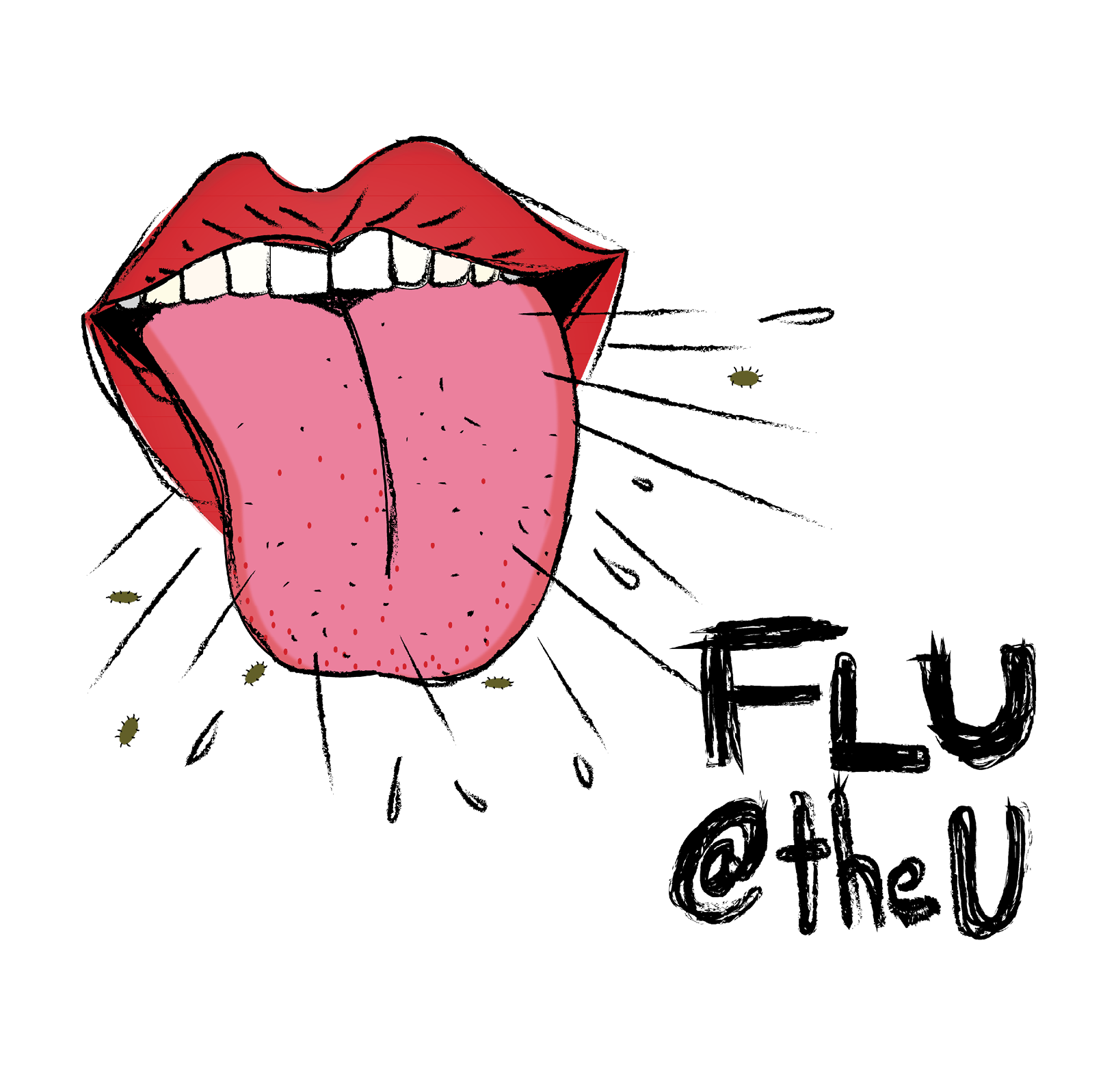For freshman Sydney Pincus, it all started with aches, a sore throat, cough and runny nose. Common symptoms of a virus creeping into one’s body. However, Pincus would soon find out her symptoms were more than just a common cold and she would become one of thousands battling the worst flu in years.
Pincus, a microbiology major, started experiencing symptoms about two weeks ago. At the same time, she noticed that her symptoms were not very far off from those other students were also experiencing in her classes.
Though the University of Miami offers its students access to the Student Health Center, located in The Lennar Foundation Medical Center, Pincus opted to go to a Minute Clinic off campus. However, Pincus said there, she was misdiagnosed. She was only tested for a streptococcal infection, not the flu.
“And then I wound up having the flu,” she said.
The 2017-2018 flu season in the United States has been called one of the worst in years, reaching epidemic levels. By January 2018, there were 22.7 reported hospitalizations per 100,000 people in the United States and 20 pediatric deaths associated with the influenza virus, according to the Centers for Disease Control and Prevention. States are not required to report flu-related deaths for individuals over the age of 18.
Dr. Howard Anapol, director of the Student Health Center at UM, said this year’s flu season is different because it started earlier and “became widespread more quickly than in other seasons.”
“There have been more cases of influenza A (H2N2), which causes more serious illness,” Anapol said.
However, Anapol said at UM, 141 patients have tested positive for the flu this season, compared to 148 positive flu tests during the same period last season.
Pincus said she was finally diagnosed after visiting an off-campus doctor who prescribed her cough syrup and Tamiflu, though not before she was out of class for three days and sick for about a week and a half.
She said she thinks she got the flu because of an “autoimmune system disorder” that flares up when she is stressed, though she said she does feel the living conditions and close quarters inside the freshman dorms play a role in health conditions of the student body, too.
“The dorms cause a lot of the health problems on campus because they are old and moldy,” Pincus said.
In 2016, Stanford Residential College residents found mold growing on their clothes, shoes and appliances after winter break. The CDC reports that people who have compromised immune systems of chronic lung diseases like asthma can get serious infections from exposure to mold.
Pincus said though the university provides hand sanitizer dispensers for students across campus, she prefers to carry her own.
Anapol said the number of flu cases this year peaked in the second week of the semester after students had returned from areas with more widespread influenza.
He said another common trend is the majority of students seen for the flu had not received the flu shot.
Freshman McKenzie Tracy said she wasn’t surprised when she contracted the flu because she said she forgets to get the flu shot every year.
“It always slips my mind because around the holidays I am busy with midterms,” said Tracy, a student in the School of Communication.
Even so, Anapol said the overall effectiveness of this year’s flu shot has been estimated to be approximately 36 percent.
Initially, Tracy’s symptoms started with a high fever, persistent coughing and swollen lymph nodes. For the first two days, Tracy disregarded it as a common cold until she finally went to an off-campus urgent care. She said she opted to go off campus because it seemed the Student Health Center was extra busy this flu season.
Even after being prescribed Tamiflu, she said it took three weeks to feel better.
Tracy said though the Student Health Center hands out preventative mouth masks, it can only do so much.
“The university does what they can but their efforts can only go so far when our community isn’t cooperative,” she said.
Miami Hurricane reporters checked 20 campus buildings and found that most had filled hand sanitizer dispensers, but there is no way to guarantee people use them. And even when students take precautions, inflexible attendance policies can keep sick peers in class and spreading the virus.
“People who were contagious were still attending classes, mostly because teachers were not being understanding,” Tracy said.
Students aren’t the only ones at risk for contracting viral illnesses. While many students can miss class, faculty are less likely to miss when students depend on them for education.
School of Communication professor Trevor Green said since he started teaching at UM in 2015, he has fallen ill more frequently.
“It’s funny because normally I didn’t get sick very often – maybe like once a year,” Green said. “But ever since I’ve been teaching, being at UM, I think I get sick a lot.”
Green said he gets sick maybe four to six times a year. He said this academic year, he got the flu and was put on antibiotics. Though he recovered from the virus, he said he’s still at risk every day.
“It’s tough,” Green said. “It’s just everywhere.”
Green said he tries to have oranges and Vitamin C and wash his hands consistently throughout the day to keep his immune system in check. He said this academic school year, he’s seen “a lot of sickness.”
“It’s hard as a teacher, but I guess it’s just something we expect with this job,” Green said.
The Student Health Center is still offering flu shots at no cost to students. Flu shots are available by scheduling an appointment at mystudenthealth.miami.edu.
Students from Professor Tsitsi Wakhisi’s JMM 208 course contributed to reporting.






